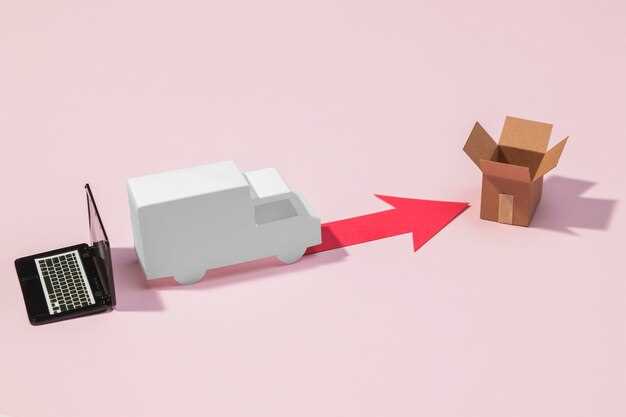
The rear differential plays a crucial role in the performance and longevity of a truck’s drivetrain system. It enables the rear wheels to rotate at different speeds, particularly during turns, while effectively distributing power from the axle. However, various factors can lead to rear differential failure, resulting in significant damage and costly repairs.
One of the primary causes of rear differential failure is inadequate lubrication. The differential relies on gear oil to minimize friction and wear on its internal components. When the oil level is low or becomes contaminated, it can lead to overheating and, ultimately, catastrophic damage to the gears and bearings within the assembly. Regular maintenance and timely oil changes are essential to prevent such issues.
Another common cause is excessive loading on the axle, often resulting from overloading the truck or improper towing practices. This added stress can cause the differential to struggle, leading to premature wear and eventual failure. Understanding the load limits of a truck and adhering to them can significantly extend the life of the rear differential.
In addition, physical impacts–such as hitting potholes or road debris–can cause immediate damage to the rear differential, misaligning components or causing cracks in the housing. Operating a truck under these conditions can exacerbate existing issues and lead to serious mechanical failures.
Overall, being aware of these causes and maintaining regular vehicle inspections can help truck owners prevent rear differential failures, protecting their investment and ensuring safe operation on the road.
Signs of Rear Differential Problems That Truck Owners Must Recognize
Identifying issues with the rear differential is crucial for truck owners to maintain optimal vehicle performance. One of the most common signs of differential problems is a noticeable whining, grinding, or clunking noise coming from the rear axle, especially during acceleration or while turning. These sounds can indicate worn gears or inadequate lubrication within the differential.
Another significant indicator of differential issues is difficulty in turning the vehicle. If there is excessive resistance when maneuvering, it may suggest that the differential is not functioning correctly, which can lead to further damage if not addressed promptly.
Vibrations felt through the vehicle’s chassis while driving can also point to rear differential troubles. Such vibrations may stem from misaligned components or damaged gears, requiring immediate inspection to prevent escalation.
Truck owners should also pay attention to fluid leaks near the differential. If there are signs of oil accumulation or drips beneath the vehicle, it could indicate a seal failure or crack in the differential housing. Check the fluid level and condition regularly, as insufficient lubrication can lead to catastrophic failure of the differential.
Finally, an increase in tire wear, particularly uneven wear patterns, can suggest that the differential is not distributing power evenly to the rear axle. Regularly inspecting tire conditions can provide insights into the health of the differential system and should prompt further examination if abnormalities are detected.
How Driving Habits Contribute to Differential and Axle Damage

Driving habits play a significant role in the longevity of a truck’s differential and axle components. Poor driving choices can accelerate wear and tear, leading to premature failure.
Harsh Acceleration and Braking: Frequent hard accelerations and sudden braking place excessive stress on the differential and axle. This type of driving creates more torque than the components are designed to handle, increasing the likelihood of damage over time.
Sharp Turns: Taking corners aggressively can also contribute to the deterioration of these parts. The added strain during sharp turns can lead to misalignment and increased friction, which can result in early differential and axle failure.
Overloading: Exceeding the truck’s weight limit stresses not only the differential but also the entire axle assembly. Consistently driving with heavy loads can lead to bending, warping, or even breaking of these vital components.
Inadequate Maintenance: Neglecting regular inspections and fluid changes can exacerbate issues caused by poor driving habits. If the lubricant in the differential is low or contaminated, it can lead to increased friction and heat, ultimately compromising the integrity of both the differential and axle.
Off-Road Driving: Operating a truck on uneven or rocky terrains can be brutal on the differential and axle. The constant jarring and uneven surfaces can cause misalignment and threaten the structural stability of these components.
In summary, conscious driving habits are crucial for minimizing differential and axle damage. By adopting smoother driving techniques and adhering to maintenance schedules, truck owners can significantly extend the lifespan of their vehicles’ drivetrain components.
Preventive Maintenance Techniques to Extend Rear Differential Life

To ensure the longevity of a truck’s rear differential, regular preventive maintenance is essential. This component is vital for transferring power from the engine to the wheels, and neglect can lead to significant damage. By implementing proper maintenance practices, owners can extend the life of their differentials and avoid costly repairs.
One of the most critical maintenance tasks is to routinely check and change the differential fluid. Over time, the fluid can become contaminated with metal shavings and debris, reducing its effectiveness in lubricating the gears and bearings. Regular fluid changes, based on manufacturer recommendations, help maintain optimal performance and prevent overheating, which can damage the axle.
Another important technique is to inspect the axle seals for any signs of leaks. Leaking seals can allow moisture and dirt to enter the differential, leading to corrosion and wear on internal components. Promptly replacing damaged seals ensures that the internal environment remains clean and protected from external contaminants.
Additionally, monitoring the overall condition of the truck, including its suspension and drivetrain components, can prevent undue stress on the rear differential. Uneven tire wear or misaligned axles can result in extra strain on the differential, increasing the likelihood of failure. Regular alignment checks and tire rotations are effective preventative steps.
Finally, ensuring that the truck is not overloaded is critical. Excessive weight can place additional stress on the rear differential and axles, leading to premature failure. Adhering to the manufacturer’s load recommendations will help protect these components from undue damage.




